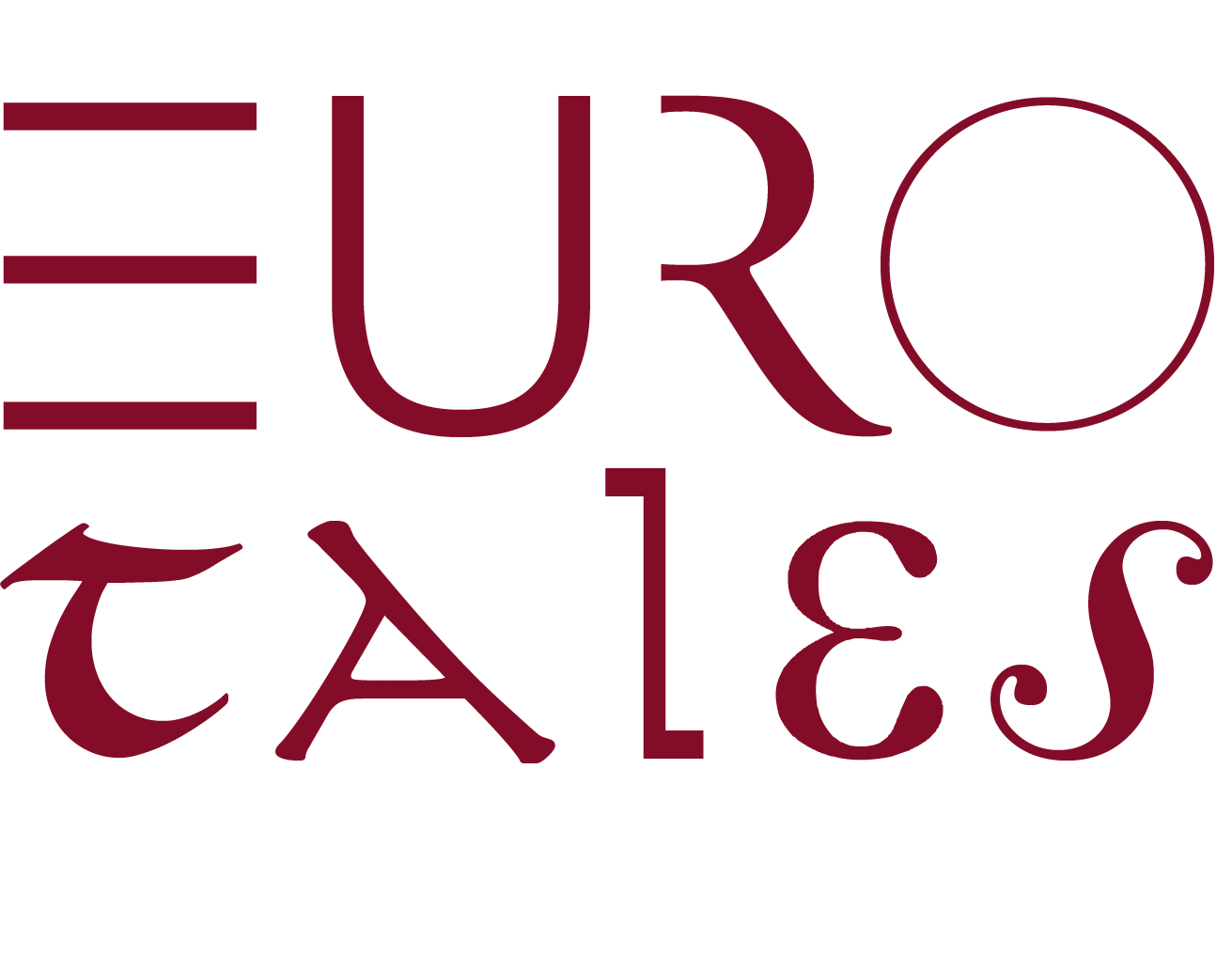Inscriptions
INLOC / SOTA[H or N]I / MMAER [NI or M]/TERNOHC / MACCERAN / BICERCUL /PETERAP / STEL
In loc so Taninmarni Ternoc mac Cernan Bic er cul Peter Apstel Ternoc son of little Ceran bequeathes this place under the protection of Peter Ternoc figlio del piccolo Ceran lascia in eredità questo luogo sotto la protezione di Pietro [italiano]
The reported forms SOTANI and MMAERNI could also be read SOTAHI and MMAERM, but these alternatives have not been preferred because they do not lead to meaningful words
Description
The pillar stone (as it is known) is located in the monastic site of Kilnasaggart (Cill na Saggart means the 'church of the priest'), and stands adjacent to an extraordinary graveyard, that is thought to take its double radial layout from earlier, pagan traditions. The monolith is the earliest historically dated inscribed stone in Ireland, and is considered the earliest existing Christian monument in the land. The inscription witnesses the functional bilingualism or diglossia of clerical Irish Christianity, through the use of the Roman alphabet, nevertheless present in the regional uncial forms, being used for a predominantly Old Irish dedication that is tellingly prefixed by what appears to be an abbreviated Latin phrase (IN LOC for in loco ‘in place’). Although there appear to be no other recorded instances of IN LOC, Latin forms interspersed within Old Irish writings, are used both in full sentences and as formulaic expressions. This inscription thus also represents the Latin-Irish diglossia often found in medieval Irish clerical writings. The inscription dedicates the place to the patronage of Peter the Apostle, which is another trace of the Roman church, for early Irish churches were almost always dedicated to native Irish saints.
The original function of this stone is unknown, and it is suggested that it represents a trace of paganism, overlain by the later inscription and Christian symbols. Some scholars suggest that the multiple crosses covering all sides of the stone, and the defacement of what may be a pagan Ogham inscription at the base of the monument, witness a form of exorcism of its earlier pagan significance. The parallel lines at the base are, however, uninterpretable and do not closely resemble Ogham, leading to others identifying them as score marks made for other unknown reasons such as knife-sharpening. The encircled crosses with each arm ending in back-to-back scrolled ornamentation (resembling the capitals on ionic columns) are similar to examples that were reported from Northern Italy (Ravenna, Torcello, Milan), but the ones on this monument are possibly the earliest in Ireland. The inscription can be confidently dated to the early years of the 8th c. because Ternoc’s death is reported in the Annals of the Four Masters and the Annals of Tighernach under 714 and 716 CE respectively. Latin/Old Irish bilingual writings from this period are not rare (Reade 315), and may be exemplified also by a record in the 11th c. Laud Genealogies of the nearby burial place of a poet. According to this record, the poet Eóchaid Rígéices is buried in a 5th c. church on this site, no physical trace of which remains. The bilingual entry reads: Mac dond Óengus-sin Eocho Rígéices, qui hospitatus apud Daimíne & qui sepultus 7 in Domnuch Cuilind (‘A son of this Óengus was Eochu the royal sage, who was a guest of Daimíne’s and who was buried at Domnach Cuilend.’ (Zihvlova 162)
Storage
SE face: mostly clear and readable inscription (some letters are worn, but most are decipherable), under a Latin cross; a slightly damaged equal-armed decorative cross inside a circle at the base. NW face: ten crosses, nine of which are within a circle.
Bibliography
Anon, Kilnasaggart Pillar Stone, «http://www.saintsandstones.net/saints-kilnasaggart-journey.htm.», http://www.saintsandstones.net/saints-kilnasaggart-journey.htm., http://www.saintsandstones.net/saints-kilnasaggart-journey.htm.
Collins, James, Christian inscriptions in the Irish language, Dublin, [?]
Halpin, Andy and Conor, Newman, Ireland: An Oxford Archaeological Guide to Sites from Earliest Times to AD 1600, Oxford, Oxford University Press, 2006
Reade, George H., The Pillar Stone of Kilnasaggart, «The Journal of the Kilkenny and South-East of Ireland Archaeological Society», 1857, 314-318
W. Reeves, "Kilnasaggart, «Ulster Journal of Archaeology», 1853, 220-225
Zhivlova, Nina, Rare and Unique Names of ‘Non-Indo-European’ type and the Case of Dallán Forgaill, «Studia Celto-Slavica 7», 2015, 155-168
Links
Card author: Margaret J-M Sonmez
Publication Date: 2021-06-21
Kilnasaggart Pillar Stone
Trace type: signing up
Inventory number: 12
Material: Granite monolith
Dimensions: 43 cm wide, 218 cm. height, 18 cm depth
Dating: 500-1000
Year: 7th c.
Language: Old Irish, Latin
Writing systems: Latin alphabet,Uncial writing

